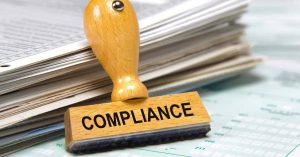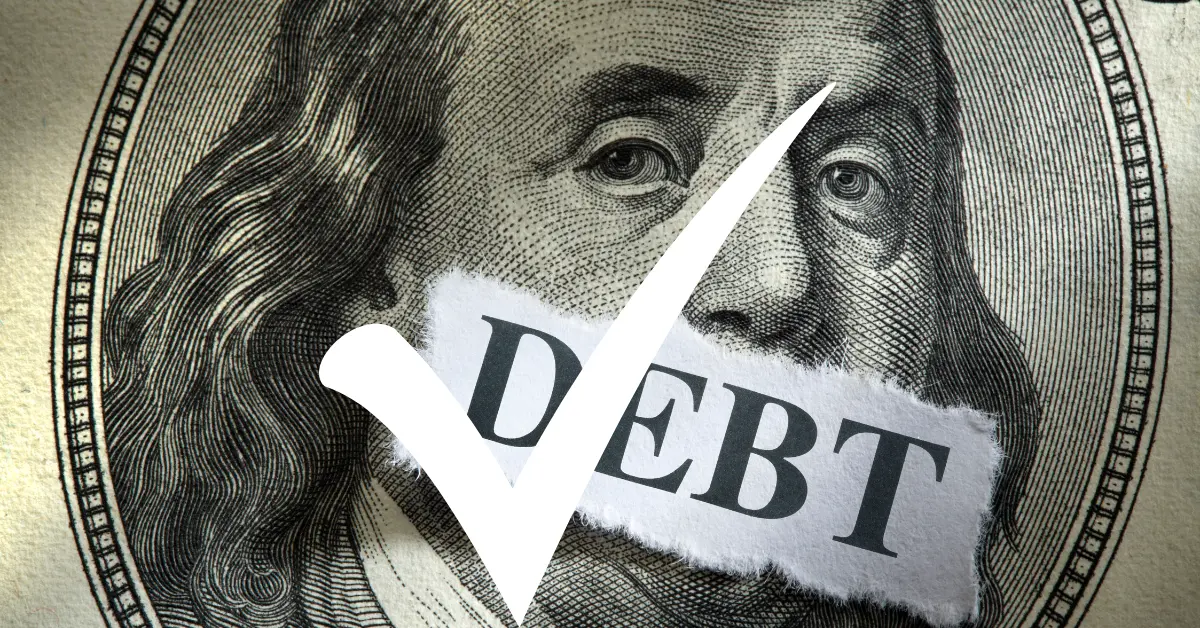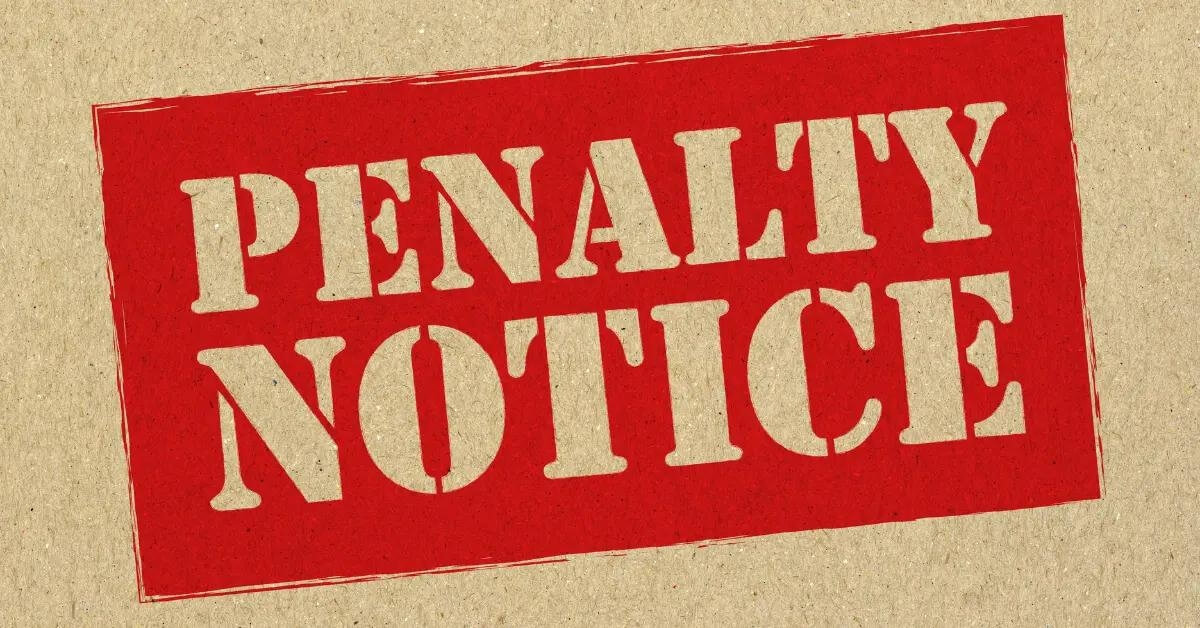According to survey results, more than a quarter of Americans worry that they will be audited by the IRS. The survey also uncovered the fact that taxes, in general, are a confusing business for most.
If you are a small business owner this feeling of confusion can be exacerbated, as suddenly you now have a whole new list of small business tax forms to think about—not only those relating to your own income! As a business owner, you also have more tax-related responsibilities, as you are now liable for your employees’ taxes as well.
Fortunately, with the right info at your fingertips, taxes do not have to be confusing. Even for small business owners.
Read on to find out about all the small business tax forms that you might need to fill in and file as a small business.
Forms for Starting a Small Business
If you are in the process of forming your small business, there is one important form that you will need to fill out and file for compliance and tax purposes.
Before you begin this process, you will need to decide upon the type of business structure that you want. Most small businesses establish themselves as either a limited liability company (LLC) or and a sole proprietorship or partnership.
Form SS-4 (Application for Employer Identification Number)
Once this is done you will then need to apply for your employer identification number (EIN). You need this identification number, by law, if you are planning on taking on any employees.
To begin the application process fill out and submit Form SS-4. You can file Form SS-4 form electronically, or you can submit it physically. For physical submission, you can consult the federal Small Business Association (SBA) to find out where and how to file the form.
If you are a sole proprietorship that will not employ any staff, and who does not pay excise taxes (such as sales tax), then you might not need to apply for an EIN number. To verify whether or not your business will need one, the best course of action is to consult with a tax professional.
Employer and Payroll Tax Forms
Once you have created your business structure and applied for your EIN, the next set of forms that you need to know about are the employer and payroll tax forms.
These forms allow you to meet your tax and compliance responsibilities as an employer. They include:
Form 941 (For Withholding, Medicare, Social Security)
When you hire on employees, you take on a legal responsibility to pay over certain taxes for them. These are, withholding tax, Medicare, and social security.
To do so, you will need to fill out and file Form 941 for each employee every month.
If you have never had to deal with any of these taxes before, let’s take a quick look at what they are and what your role as an employer is in filing them.
Withholding Taxes
Withholding taxes are estimated tax payments that need to be paid over for employees every month. These estimated tax payments work to offset individuals’ tax liabilities at the end of the tax year. Withholding tax is deducted from employees’ salaries and paid to the IRS.
If an adequate monthly sum in withholding tax has been paid, then in some cases employees are able to claim a tax refund at the end of the year. If however, an employee’s withholding tax has been understated or underpaid—this could result in an unexpected tax bill at the end of the year.
As an employer, you must file the estimated taxes that you need to pay over for each employee in withholding tax.
When hiring new employees you will need to present them with Form W-4. Here they can stipulate the amount of withholding tax they wish you to deduct and pay on their behalf. If they are having trouble estimating their withholding taxes you can refer them to the IRS’s tax withholding estimator.
Additionally, some employees might wish to revise these amounts at the beginning of each tax year. They may want to or lower raise their withholding taxes. This is one of the actions we recommend in light of the 2017 jobs act.
Take note that employees can request to amend their withholding tax at any point, and as frequently as they wish.
For employees that wish to revise their withholding taxes, you will need to supply them with a new Form W-4.
FICA Tax
Social security taxes (also known as OASDI) and Medicare combined are called FICA tax.
For these taxes, the liability is split half and half between employers and employees. This means that you will need to match your employees’ contributions. You will need to submit your part of the payment along with theirs each month.
Expense and Income Tax Forms
The other important set of tax forms for small business are those related to expenses and income.
These include the following.
Form 1040-ES (Estimated Tax for Individuals)
Just as you need to pay estimated tax for your employees—you also need to do this for yourself, the business owner.
To do so you must fill out and file Form 1040-ES. With this form, you will be able to calculate your withholding tax and file it with the IRS.
Your withholding tax as the business owner is made up of two components. These are taxes on estimated profits and losses, and self-employment tax.
As with employee withholding taxes, you will need to ‘pre-pay’ and file your personal withholding taxes.
As a new business, it can be hard to project future profits for the coming tax year. this, in turn, can make it tricky to work out what you should pay in estimated taxes. If you are having difficulties with this, we advise you to speak with a tax consultant service, such as us.
Form 1040, Schedule C
During the year you need to file withholding taxes for yourself as the business owner. At end of the tax year (once filing season opens) you then need to report your realized profits and losses.
This is done on Schedule C, Form 1040. This form is included with your Form 1040 Individual Income Tax Return.
Here you will need to state the income and expense realized for the previous tax year. This will then show your net profit or loss for the period.
If you are unsure about what business expenses are deductible, then take a look at this guide.
Form 1065 (US Return of Partnership Income)
If you are involved in a partnership, then this is the form you need to fill out to report your business’s income to the IRS. On Form 1065 you can report all income, gains, losses, deductions, and credits pertaining to your partnership.
Take note that you and your partner (or partners) will also need to fill out individual partnership items (stating their share of the profit/loss) on their personal tax returns.
Form 1120-S (US Income Tax Return for an S Corporation)
If your business is an S corporation, then you will need to fill out Form 1120-S. Here you can report income, gains, losses, deductions, and credits for your S corp.
Form 1120 (US Corporation Income Tax Return)
If you have turned your small business into a corporation, then you will need to fill out and file Form 1120. As with Form 1120-S for S corps, here you can report the income, gains, losses, deductions, and credits of your business if it is a regular or C corporation.
Form 8829 (Expenses for Business Use of Your Home)
Do you utilize a part of your home for business purposes? If so you will want to fill out and file Form 8829.
One of the most common instances of this is claiming deductions for a home office. If you utilize a room exclusively and regularly for an office for your business (and it is your main place of business) then you can claim a portion of related expenses as a deduction.
The same applies if you utilize an area for things pertaining directly to your business eg woodworking, classes, photography, etc.
However, while these uses and deduction are legitimate, you need to ensure that you are calculating them accurately.
Overstating these deductions can land you in hot water and even lead to an audit from the IRS. Because of this, we advise that you consult with a tax expert. This will ensure that all of your deductions are accurate and above board.
Form 4562 (Depreciation and Amortization)
If you have any assets that are subject to depreciation or amortization, then you will also want to fill in Form 4562. Here you can report the depreciation undergone by equipment, property, vehicles, and other assets within your business.
Other Small Business Tax Forms
Once you have your EIN number, you will also need to know about all of the general small business tax forms that exist. Here are some of the main ones.
Form 7004 (Automatic Extension)
If you are having issues with your taxes and need more time you can file for an automatic extension with the IRS. To do so you will need to fill out Form 7004.
As long as this form is filed correctly without errors, you most likely will be granted a 5-6 month extension. The exact time frame granted depends on your business type.
Form 8822-B (Change of Address)
If your business address changes for any reason, then you must file Form 8822-B with the IRS. Here you will be able to list your new address.
Form 2553 (Election by a Small Business Corporation)
If your small business is a corporation, you can apply to be an S corporation by filing Form 2553.
Note that in most cases this will need to be done by March 15 of the first year for which the election applies. If you wish for this to come into effect for 2020, then you will need to file before the 15th of March this year.
Form 2210 (For Underpayment of Estimated Tax)
If you have underpaid your estimated taxes, you can file Form 2210 to check whether you owe a penalty for underpaying your estimated tax. If so, you will also be able to find out the amount so as to budget and make payment.
This form applies to individuals, estates, and trusts. As a small business owner, you can use it to check on the status of any estimated tax underpayments pertaining to yourself.
Form 5329 (Additional Taxes on Qualified Plans and Other Tax-Favored Accounts)
During operation, you may find that you need to pay additional taxes on things like qualified plans and other tax-favored accounts. If this occurs, then you can file Form 5329.
This form covers Coverdell ESAs, QTPs, Archer MSAs, HSAs, as well as other retirement savings plans for small businesses.
Form 8606 (For Nondeductible IRAs)
It might be that one or more of your employees is contributing to a non-deductable IRA. If so you must file Form 8606 to report this.
Tax Forms for Business Owners: Do You Need Help?
As a business owner, it’s important to become familiar with the small business tax forms that are available. Once you have a handle on the different tax forms, you will be able to file the ones that apply to you.
This, too, is highly important, as late filing or omitting to file important forms can result in fees and penalties. Not to mention stress and extra hassle for you and your employees.
If you have omitted to file a tax form—and need assistance—we offer emergency tax services for just this type of situation. Contact us to learn more about how we can help you navigate small business taxes. We will be happy to answer any questions you have.








